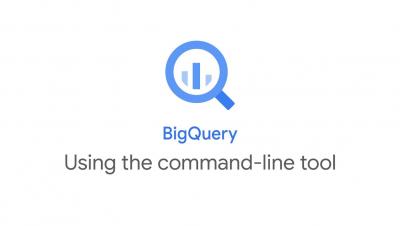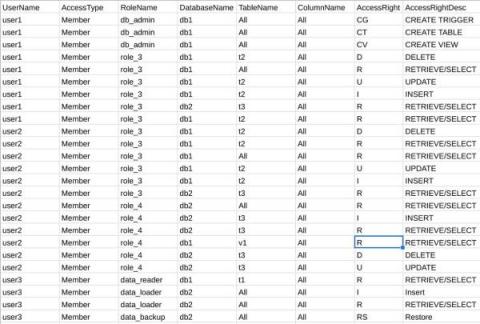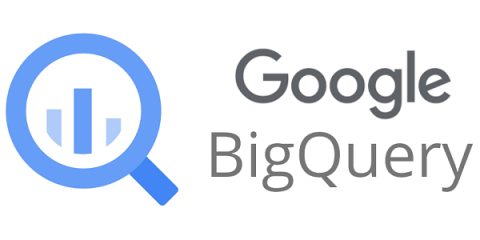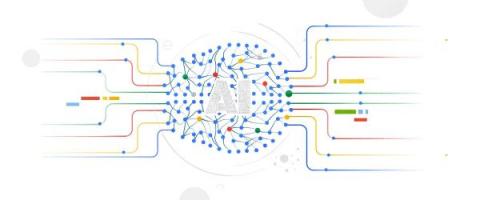Systems | Development | Analytics | API | Testing
February 2022
Streaming data into BigQuery using Storage Write API
BigQuery is a serverless, highly scalable, and cost-effective data warehouse that customers love. Similarly, Dataflow is a serverless, horizontally and vertically scaling platform for large scale data processing. Many users use both these products in conjunction to get timely analytics from the immense volume of data a modern enterprise generates.
6 SAP companies driving business results with BigQuery
Digital technology promises transformative results. Yet, it’s not uncommon to encounter potholes and speed bumps along the way. One area that frequently trips up businesses is putting data into action. It can be extraordinarily difficult to take advantage of the right data at exactly the right time — in real time — to drive decision-making. For SAP customers wanting to maximize the value of their data, Google Cloud offers a number of capabilities.
Speed up your Teradata migration with the BigQuery Permission Mapper tool
During a Teradata migration to BigQuery, one complex and time consuming process is migrating Teradata users and their permissions to the respective ones in GCP. This mapping process requires admin and security teams to manually analyze, compare, and match hundreds to thousands of Teradata user permissions to BigQuery IAM permissions. We already described this manual process for some common data access patterns in our earlier blog post.
To user-friendly SQL with love from BigQuery
Thirty five years ago, SQL-86, the first SQL standard, came into our world, published as an ANSI standard in 1986 and adopted by the International Standards Organization (ISO) in 1987. On this Valentine’s Day, we, in BigQuery, reaffirm our love and commitment to user-friendly SQL through a whole slew of new SQL features that we’re pleased to share with you, our beloved BigQuery users.
Episode 3: How telematics leader Geotab powers innovation with BigQuery
Unified data and ML: 5 ways to use BigQuery and Vertex AI together
Are you storing your data in BigQuery and interested in using that data to train and deploy models? Or maybe you’re already building ML workflows in Vertex AI, but looking to do more complex analysis of your model’s predictions? In this post, we’ll show you five integrations between Vertex AI and BigQuery, so you can store and ingest your data; build, train and deploy your ML models; and manage models at scale with built-in MLOps, all within one platform. Let’s get started!
How Wayfair says yes with BigQuery-without breaking the bank
At Wayfair, we have several unique challenges relating to the scale of our product catalog, our global delivery network, and our position in a multi-sided marketplace that supports both our customers and suppliers. To give you a sense of our scale we have a team of more than 3,000 engineers with tens of millions of customers. We supply more than 20 Million items using more than 16,000 supplier partners.









